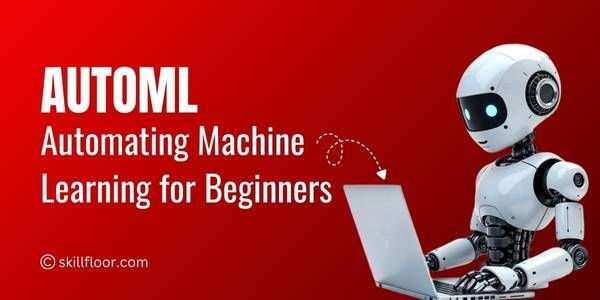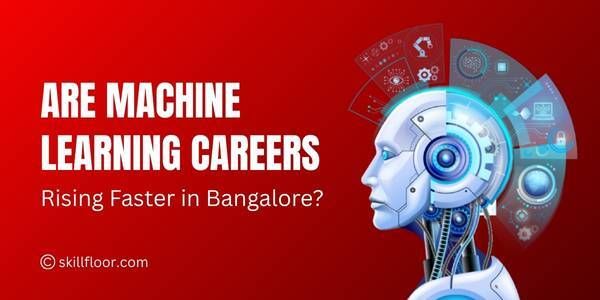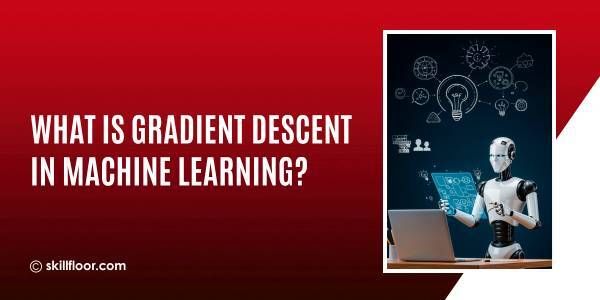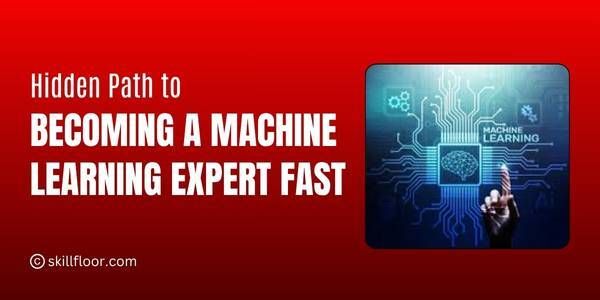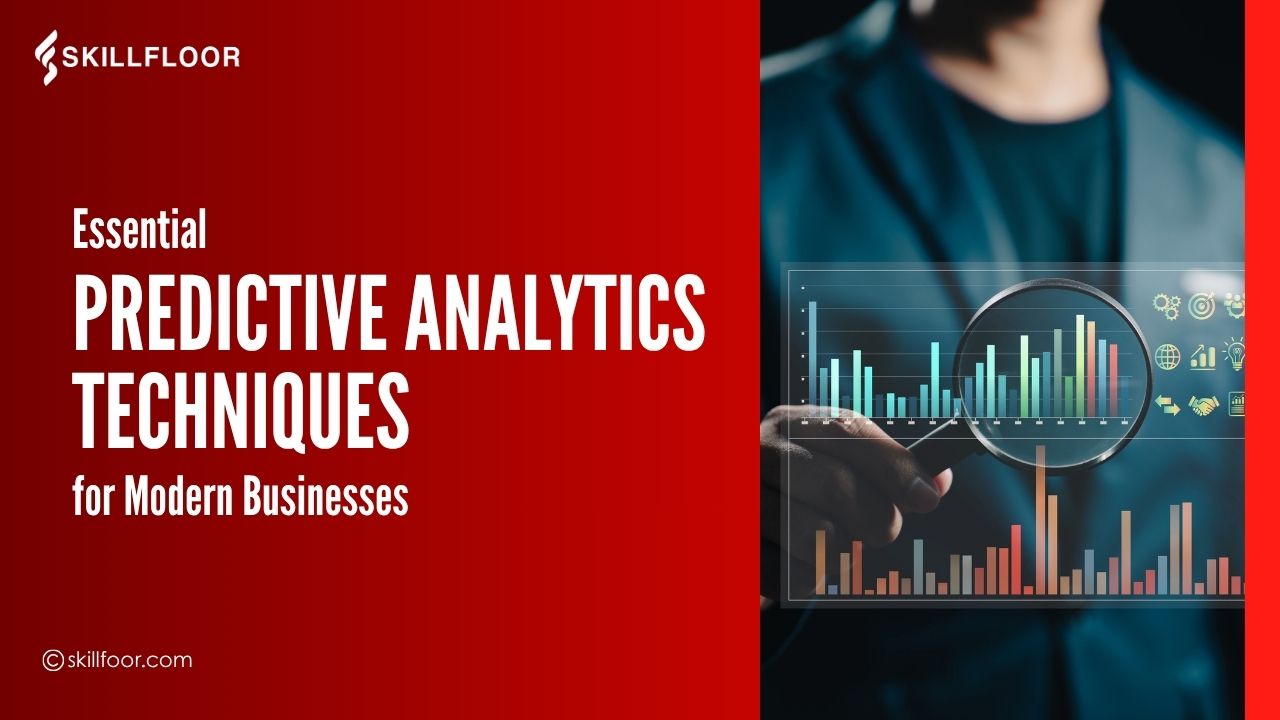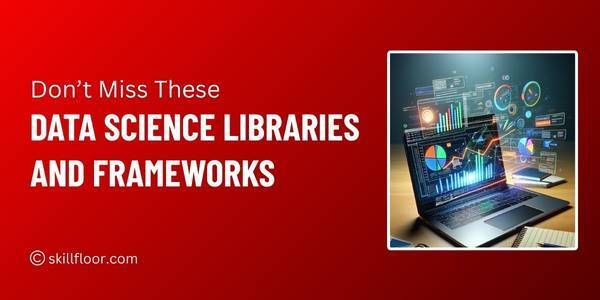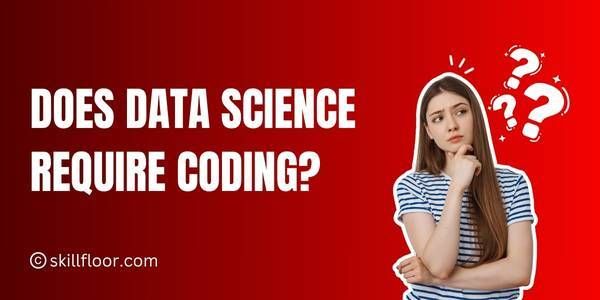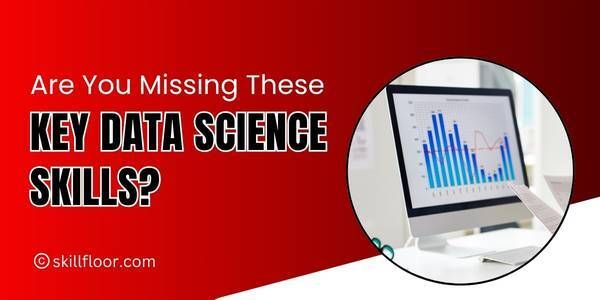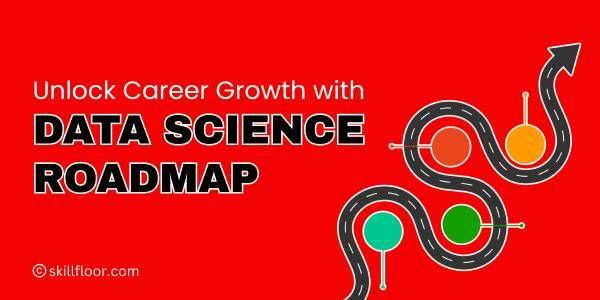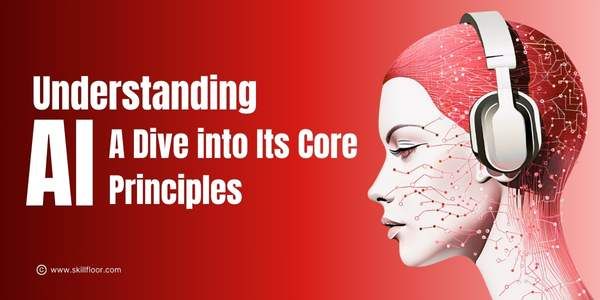Data Science Python Interview Questions
Prepare for data science interviews with top Python questions and detailed answers—from basic to advanced—to boost your skills and confidence.

In today’s data-driven world, Python has emerged as the preferred language for data science due to its simplicity, versatility, and vast ecosystem of libraries. Whether you’re stepping into your first data science role or advancing your career, mastering Python is essential to effectively manipulate data, build models, and derive insights. Interviews for data science positions often emphasize Python skills because it underpins most data science workflows—from data cleaning and exploration to machine learning and visualization.
Preparing for Python interview questions in data science can be challenging, especially given the breadth of topics—from basic syntax and data structures to advanced concepts like optimization and deployment. To help you navigate this process, we’ve compiled a comprehensive list of questions that cover all experience levels. These questions not only test your knowledge but also your ability to apply Python in real-world data science scenarios.
This blog covers basic Python questions to refresh your foundation, followed by intermediate and advanced questions that reflect the expectations of experienced data scientists. Each question comes with a detailed answer to deepen your understanding and boost your confidence. Whether you are a beginner or a seasoned professional, this guide aims to equip you with the essential knowledge to succeed in your data science Python interview.
Table of Contents
1. Basic Python interview questions for data science
2. Python interview questions for data science
3. Python interview questions and answers for data science
4. Experienced Python interview questions and answers for data science
1. Basic Python Interview Questions for Data Science
1. What are Python’s key features that make it suitable for data science?
Python is easy to learn and read, supports multiple programming paradigms (procedural, object-oriented, and functional), has a rich ecosystem of libraries (like NumPy, Pandas, and Matplotlib), and boasts excellent community support. Its flexibility allows quick prototyping and handling of large datasets, making it ideal for data science.
2. How do you create a list in Python?
A list in Python can be created by placing comma-separated values inside square brackets. For example, my_list = [1, 2, 3, 'data']. Lists are mutable and can hold heterogeneous data types.
3. What is a dictionary in Python?
A dictionary is a collection of key-value pairs enclosed in curly braces, like {'name': 'Alice', 'age': 30}. It allows fast lookups by key and is highly useful in organizing data with labels.
4. How do you handle missing values in a dataset using Python?
Using Pandas, missing values can be identified with isnull() or isna(), and handled by methods like fillna() to replace them with a specific value or dropna() to remove rows/columns containing missing data.
5. What is the difference between a tuple and a list?
A tuple is immutable (cannot be changed after creation) and defined using parentheses (1, 2), whereas a list is mutable and defined using square brackets [1, 2]. Tuples are faster and can be used as dictionary keys.
6. How do you reverse a list in Python?
You can reverse a list by using the reverse() method (my_list.reverse()), which modifies the list in place, or slicing (my_list[::-1]), which returns a reversed copy.
7. Explain list comprehension with an example.
List comprehension offers a concise way to create lists. For example, [x**2 for x in range(5)] generates a list of squares [0, 1, 4, 9, 16].
8. How do you import libraries in Python?
Libraries are imported using the import statement, e.g., import numpy as np. You can also import specific functions: from math import sqrt.
9. What are Python decorators?
Decorators are functions that modify the behavior of another function without changing its source code. They are used for logging, access control, or timing functions.
10. How do you check the data type of a variable?
Using the type() function, e.g., type(variable) returns the data type such as
11. Explain slicing in Python.
Slicing extracts parts of sequences like lists or strings. Syntax: my_list[start:stop:step]. For example, my_list[1:5] gets elements from index 1 to 4.
12. How do you handle exceptions in Python?
Using try-except blocks. For example:
python
Copy
try:
result = 10 / 0
except ZeroDivisionError:
print("Cannot divide by zero")
13. What is the difference between == and is operators?
== checks for value equality, while is checks if two variables point to the same object in memory.
14. How do you read a CSV file in Python?
Using Pandas: import pandas as pd; df = pd.read_csv('file.csv'). This loads data into a DataFrame for analysis.
15. What is a lambda function?
A lambda function is an anonymous, small function defined with the lambda keyword. Example: square = lambda x: x*x.
2. Python Interview Questions for Data Science
1. How do you optimize a Python program for performance?
Optimizing involves using efficient data structures, minimizing loops, leveraging libraries like NumPy for vectorized operations, profiling code to identify bottlenecks, and using multiprocessing or just-in-time compilers like Numba.
2. Explain the difference between Python lists and NumPy arrays.
Lists can hold heterogeneous data and are flexible, but slower for numerical operations. NumPy arrays are fixed-type, multidimensional arrays optimized for mathematical computations, offering better performance and memory efficiency.
3. How do you merge/join two DataFrames in Pandas?
Using pd.merge(df1, df2, on='key_column'), which performs database-style joins based on columns.
4. How would you handle categorical variables in Python?
Using techniques like one-hot encoding (pd.get_dummies()), label encoding (sklearn.preprocessing.LabelEncoder), or embedding for high-cardinality features.
5. What are Python generators?
Generators are iterators that yield items one at a time, using less memory. Defined with yield instead of return, useful for large data processing.
6. How do you calculate correlation between variables using Python?
Using df.corr() in Pandas or numpy.corrcoef(). This helps identify linear relationships between features.
7. What is the Global Interpreter Lock (GIL) in Python?
GIL is a mutex that protects access to Python objects, preventing multiple native threads from executing Python bytecodes simultaneously, which affects multi-threading.
8. Explain how you would handle imbalanced datasets in Python.
Techniques include resampling methods (oversampling with SMOTE, undersampling), using class weights in models, or anomaly detection methods.
9. How do you implement cross-validation in Python?
Using sklearn.model_selection.cross_val_score() to evaluate model performance on different train/test splits for better generalization.
10. How can you serialize Python objects?
Using the pickle module to serialize and deserialize objects for saving and loading models or data.
11. What is the difference between apply(), map(), and applymap() in Pandas?
-
apply() applies a function along DataFrame rows or columns.
-
map() applies to Series elements, often for value mapping.
-
applymap() applies element-wise to the entire DataFrame.
12. How do you handle datetime data in Pandas?
Using pd.to_datetime() to convert strings to datetime objects, then extracting features like .dt.year, .dt.month.
13. How do you detect outliers in a dataset?
Using statistical methods like Z-score, IQR (interquartile range), or visualization tools like boxplots.
14. Explain the difference between deep and shallow copies in Python.
A shallow copy copies object references, meaning nested objects are shared. A deep copy duplicates all objects recursively.
15. What is list slicing, and how is it useful in data manipulation?
List slicing extracts portions of lists efficiently, useful for data segmentation, batching, or reversing sequences.
3. Python Interview Questions and Answers for Data Science
1. How do you handle large datasets in Python?
By using libraries like Dask for parallel computing, chunk-wise processing with Pandas, or moving to big data tools like Spark with PySpark.
2. What is the difference between isnull() and notnull() in Pandas?
isnull() identifies missing values (NaNs), returning True for null entries, while notnull() returns True for non-null entries.
3. Explain list comprehension with filtering.
Example: [x for x in range(10) if x % 2 == 0] returns all even numbers between 0 and 9.
4. How do you calculate moving averages in Pandas?
Using df['column'].rolling(window=3).mean() calculates a rolling average with a window size of 3.
5. What are Python sets and their benefits?
Sets are unordered collections of unique elements. They provide fast membership testing and are useful for removing duplicates.
6. How would you implement feature scaling in Python?
Using StandardScaler or MinMaxScaler from sklearn.preprocessing to normalize or standardize features for model performance.
7. Explain how to plot data in Python.
Using Matplotlib or Seaborn libraries to create charts like line plots, histograms, and scatter plots to visualize data trends.
8. What is the difference between a DataFrame and a Series?
A Series is a one-dimensional labeled array, while a DataFrame is a two-dimensional labeled data structure with columns.
9. How do you concatenate DataFrames?
Using pd.concat([df1, df2], axis=0) for row-wise concatenation or axis=1 for column-wise.
10. What is the use of groupby() in Pandas?
groupby() splits data into groups for aggregation or transformation operations like sum, mean, count.
11. Explain how to handle duplicates in a dataset.
Using df.drop_duplicates() removes duplicate rows based on all or selected columns.
12. What is broadcasting in NumPy?
Broadcasting allows NumPy to perform operations on arrays of different shapes by automatically expanding smaller arrays.
13. How do you perform hypothesis testing in Python?
Using libraries like SciPy (scipy.stats) to conduct t-tests, chi-square tests, and interpret p-values.
14. What is a Python dictionary comprehension?
It’s similar to list comprehension but creates dictionaries. Example: {x: x**2 for x in range(5)}.
15. How can you improve the readability of Python code?
By following PEP8 standards, using meaningful variable names, writing comments, and breaking code into functions.
4. Experienced Python Interview Questions and Answers for Data Science
1. How do you optimize memory usage when working with large datasets?
By using efficient data types (astype()), chunk processing, deleting unnecessary variables, and leveraging sparse data structures.
2. Explain vectorization and its benefits in Python.
Vectorization means performing operations on entire arrays without explicit loops, using NumPy or Pandas. It improves speed and code clarity.
3. How do you handle multicollinearity in a dataset?
By calculating Variance Inflation Factor (VIF), removing highly correlated features, or using dimensionality reduction techniques like PCA.
4. What is the difference between multiprocessing and multithreading in Python?
Multiprocessing runs separate processes with independent memory space, suitable for CPU-bound tasks; multithreading runs threads sharing memory, ideal for I/O-bound tasks.
5. How do you debug Python code effectively?
Using tools like pdb, logging modules, and interactive environments like Jupyter Notebook for step-by-step debugging.
6. Explain how you would deploy a Python data science model.
By serializing the model (using pickle or joblib), creating REST APIs with Flask or FastAPI, and deploying on cloud services.
7. How do you implement feature engineering in Python?
Creating new features from raw data by combining, transforming, or encoding existing ones to improve model performance.
8. Describe Python’s garbage collection mechanism.
Python uses reference counting and a cyclic garbage collector to free memory from unused objects automatically.
9. How do you use Python for time series analysis?
Using libraries like pandas, statsmodels, and prophet to manipulate, visualize, and model time-dependent data.
10. What are metaclasses in Python?
Metaclasses define the behavior of classes themselves, allowing customization of class creation.
11. How do you ensure reproducibility in data science projects using Python?
By fixing random seeds, using virtual environments, and documenting code and dependencies.
12. Explain the difference between deep learning frameworks like TensorFlow and PyTorch.
TensorFlow offers a static computational graph and is production-friendly; PyTorch uses dynamic graphs, preferred for research and experimentation.
13. How do you perform hyperparameter tuning in Python?
Using GridSearchCV or RandomizedSearchCV from scikit-learn to find the best model parameters.
14. What are Python context managers, and how are they useful?
Context managers handle resource management (like file opening/closing) using with statements for cleaner code.
15. How do you handle data pipeline automation in Python?
By scheduling scripts with Airflow or Luigi or using cron jobs combined with Python scripts for ETL workflows.
Key Job Roles in Data Science
Understanding the various roles in data science can help tailor your learning and interview preparation:
-
Data Scientist: Develops models and algorithms to analyze complex data.
-
Data Analyst: Interprets data to provide actionable insights.
-
Machine Learning Engineer: Designs and implements machine learning models.
-
Data Engineer: Builds and maintains data pipelines and architectures.
-
Business Intelligence Analyst: Analyzes data to inform business decisions.
-
AI Ethics Officer: Ensures ethical considerations in AI implementations.
These roles require a blend of technical expertise and domain knowledge to address complex challenges in various sectors.

Recent Trends Shaping Data Science in 2025
Staying abreast of industry trends is crucial for career advancement
-
Generative AI: The rise of models like GPT-4 and Claude has transformed content generation and decision-making processes.
-
MLOps: Emphasizes the deployment, monitoring, and governance of machine learning models in production environments.
-
Explainable AI (XAI): Focuses on making AI decisions transparent and understandable.
-
Edge Computing: Enables data processing closer to data sources, reducing latency.
-
Automated Machine Learning (AutoML): Simplifies the process of applying machine learning to real-world problems.
Understanding these trends can help you align your skills with industry needs and enhance your employability.
Successfully clearing a Python interview for a data science role demands more than memorizing syntax—it requires a deep understanding of how Python tools and techniques solve real-world data problems. This guide presents a wide array of questions ranging from basic concepts to advanced applications, offering you comprehensive preparation tailored for every stage of your career. By engaging with these questions and answers, you sharpen your ability to think critically, code efficiently, and communicate your solutions.
Moreover, Python’s role in data science is ever-expanding, with continuous advancements in libraries, frameworks, and methodologies. Staying updated and practicing regularly will help you not only excel in interviews but also thrive in your professional journey. Embrace hands-on experience through projects and real datasets to reinforce your learning.
Ultimately, the best way to master Python for data science interviews is consistent practice combined with understanding underlying concepts. Use this guide as a stepping stone, keep exploring new challenges, and build a robust skill set that sets you apart. With dedication and preparation, you can confidently approach any Python interview question and unlock exciting opportunities in the field of data science.





















